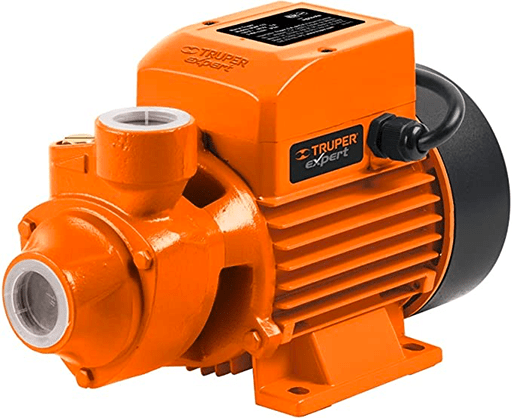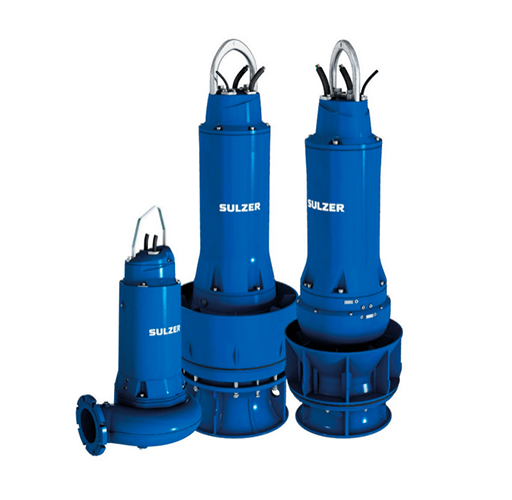
Figure 1: Water pump.
1. What It is
A water pump is an electromechanical machine that is used to increase the pressure of water to move it from one point to another. Modern water pumps are used worldwide to supply water for municipal, industrial, agricultural and residential uses.
Water pumps are also used to convey wastewater in sewage treatment plants. Modern water pumps are mostly electrically driven, but other energy sources are also used – for example, diesel or gasoline engines. In some remote areas, such as desert regions, solar panels can be used to power small pumps.
2. Use of Water Pumps
The main purpose of a water pumping system is to move water from one area to another. They are often used on construction sites as a form of water extraction, for water extraction during excavation, in sewage treatment plants, in floodplains, or when dealing with water and oil wells.
However, water pumps aren’t just limited to construction sites; they can also be used in residential, industrial, or commercial locations for drainage purposes. For the hiring of water pumping systems, a water pump is required. A water pump operates the water pumping machine and ensures its effective operation.
3. Types of Water Pump
There are several types of water pumps including positive displacement pumps and centrifugal pumps, which provide the same service, however, operate differently.
The core concept of a water pump consists in converting rotational energy or kinetic energy with the help of a motor and converting it into energy for fluid movement or for fluid flow (hydrodynamic energy).
3.1 Centrifugal Pump

Figure 2: Centrifugal pump.
The centrifugal pumps work with an impeller, liquid enters through the rotating impeller and is expelled through the impeller tips by centrifugal force. The process increases the speed and pressure of the fluid and directs it to the outlet of the pump. One type of centrifugal pump is a submersible pump.
3.2 Reciprocating Pumps

Figure 3: Reciprocating pump.
They are positive displacement pumps that have an expanding cavity on the suction side of the machine and a decreasing cavity on the pressure side of the machine. The water pump works by alternately filling the cavity and then displacing the liquid at a constant volume with each cycle, regardless of the pressure or the pump head that is used.
3.3 Submersible Pumps

Figure 4: Submersible pumps.
Submersible pumps work on the principle of Electric Submersible Pumping (ESP). This is achieved by lowering the flow pressure, which reduces the pressure at the bottom of the shaft in which the submersible pump sits.
They can be relatively expensive to operate because they require special power cables, although new developments have seen the introduction of coiled tubing to power the deep motors. In addition, the power consumption is much higher than other submersible pump motors, and the pump operates to tight tolerances that do not allow solids and sand.
Related Info
Installation Tips and How to Test a Diaphragm PumpHow to Prime a Water Pump
Structure and Working Principle of Diaphragm Pump
Common Faults and Solutions of Diaphragm Pump


